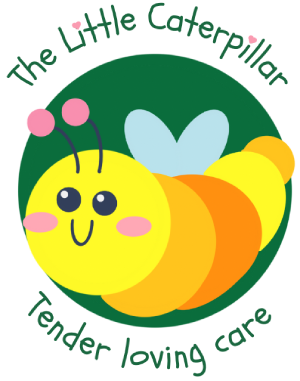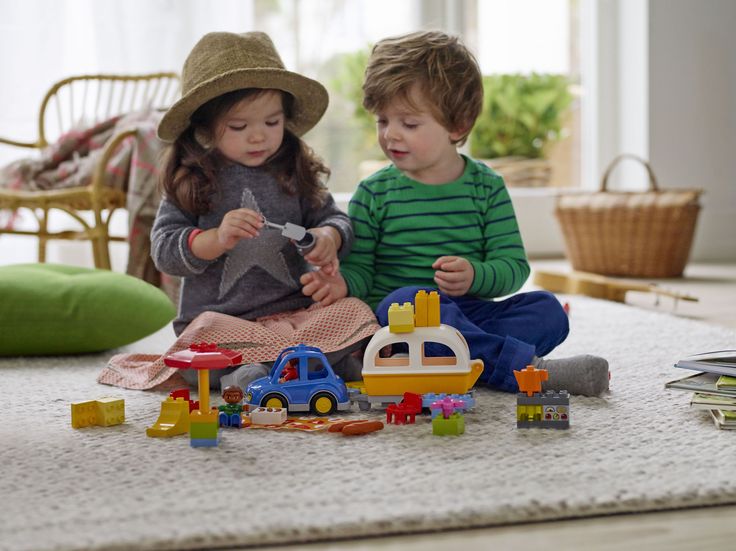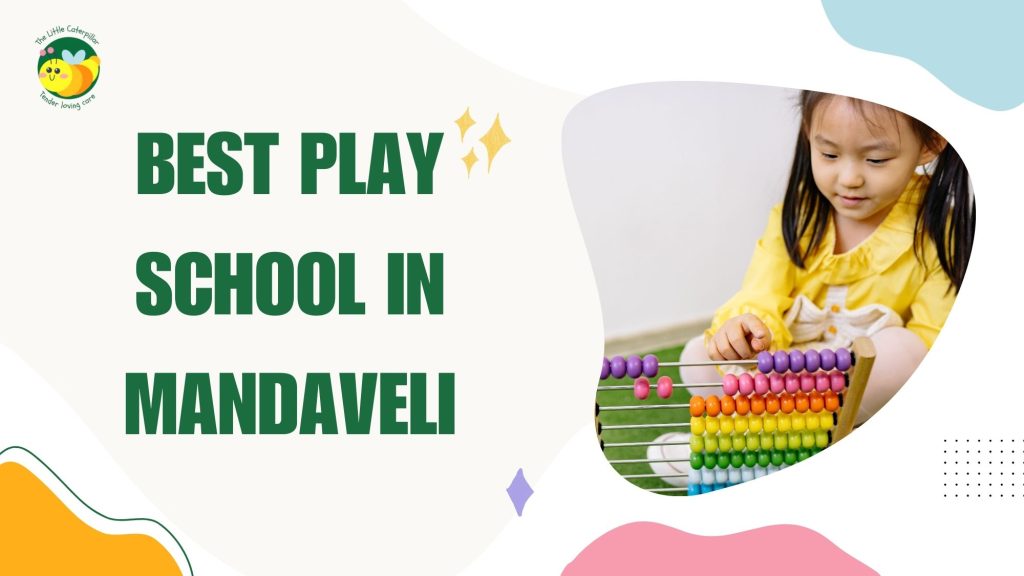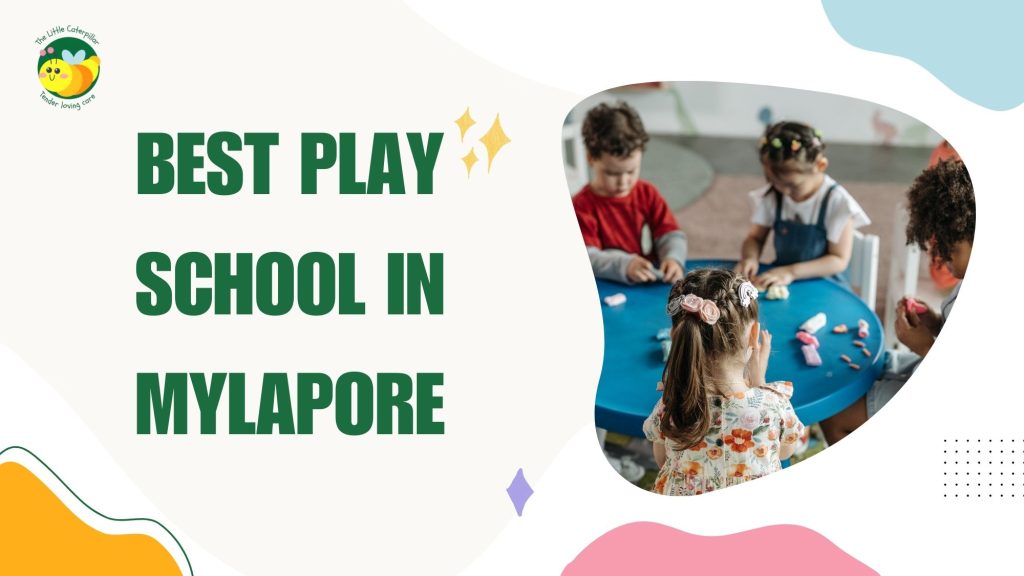Table of Contents
Introduction
In the culturally rich city of Chennai, The Little Caterpillar playschool stands out as a beacon of early childhood education inspired by the Montessori and Reggio Emilia philosophies. Embracing diversity as a cornerstone of its educational framework, the playschool exposes toddlers aged 1.5 to 4 years to a multicultural environment where they encounter diverse cultures, languages, and traditions. This essay explores the profound advantages of such a multicultural approach, highlighting its impact on children’s cognitive, social-emotional, and linguistic development.
Understanding Multiculturalism in Early Childhood Education
Multicultural education involves integrating diverse cultural perspectives into the curriculum and classroom environment. It promotes respect for cultural diversity, challenges stereotypes, and prepares children to thrive in an increasingly interconnected world. At The Little Caterpillar, multiculturalism is not merely a theoretical concept but a lived experience, enriching every aspect of children’s learning journey.
Cognitive Benefits of Exposure to Diverse Cultures
1. Cognitive Flexibility:
Exposure to diverse cultures encourages children to view the world from multiple perspectives. They learn to appreciate different ways of thinking, problem-solving, and interpreting the world around them. This cognitive flexibility enhances their adaptability and resilience in new and unfamiliar situations.
2. Critical Thinking Skills:
Engaging with diverse cultural narratives, stories, and traditions stimulates critical thinking. Children learn to analyze similarities and differences, make comparisons, and draw connections across cultures. This process fosters higher-order thinking skills essential for academic success and lifelong learning.
3. Cultural Awareness and Global Citizenship:
Early exposure to multiculturalism cultivates a sense of global citizenship. Children develop an awareness of their own cultural identity while respecting and valuing the identities of others. They become empathetic towards people from different backgrounds, laying the foundation for tolerance, cooperation, and peaceful coexistence.
Social-Emotional Benefits of Multicultural Education
1. Empathy and Perspective-taking:
Interacting with peers and teachers from diverse cultural backgrounds promotes empathy and perspective-taking. Children learn to recognize and appreciate emotions, beliefs, and values that may differ from their own. This empathy builds positive relationships and reduces prejudice and discrimination.
2. Cultural Competence:
Multicultural education equips children with cultural competence—the ability to interact effectively with people from different cultures. They learn communication skills, social norms, and etiquette that are essential for navigating multicultural contexts both locally and globally.
3. Identity Development:
Exposure to diverse cultures helps children develop a secure sense of identity. They gain pride in their own cultural heritage while embracing the richness of other cultures. This balanced identity formation enhances self-esteem and resilience, contributing to overall well-being.
Linguistic Benefits of Multilingual Exposure
1. Language Acquisition:
Early childhood is a critical period for language development. Exposure to multiple languages at The Little Caterpillar promotes bilingualism or even multilingualism among children. They acquire language skills naturally through immersion, songs, stories, and daily interactions with teachers who speak different languages.
2. Cognitive Advantages of Bilingualism:
Research indicates that bilingual children demonstrate enhanced cognitive abilities such as better problem-solving skills, greater cognitive flexibility, and improved executive function. These cognitive advantages extend beyond language proficiency and support overall academic achievement.
3. Preservation of Heritage Languages:
For children from multicultural families, exposure to their heritage languages at the playschool helps preserve linguistic and cultural ties. This preservation fosters a sense of pride in their linguistic heritage and strengthens family connections across generations.
Practical Implementation at The Little Caterpillar
1. Cultural Celebrations and Festivals:
The playschool celebrates a variety of Indian festivals such as Diwali, Holi, Eid, Pongal, and Navratri. Each festival becomes an opportunity for children to learn about different cultural practices, customs, and rituals through storytelling, arts and crafts, music, and dance.
2. Multilingual Environment:
Teachers at The Little Caterpillar come from different states of India, speaking languages such as Tamil, Hindi, Telugu, and Kannada among others. Children are exposed to these languages through daily interactions, songs, and language-specific activities, fostering language acquisition and cultural appreciation.
3. Inclusive Curriculum and Resources:
The curriculum incorporates diverse cultural perspectives and resources. Storybooks, toys, and materials from various cultures are integrated into learning centers, promoting exploration and discovery. Children engage in role-play activities that reflect multicultural contexts, enhancing their understanding of cultural diversity.
Theoretical Framework and Educational Research
1. Social Learning Theory (Bandura):
Emphasizes the role of observational learning and social interactions in children’s development. Exposure to diverse cultural models at The Little Caterpillar supports social learning processes, shaping children’s attitudes, beliefs, and behaviors.
2. Cultural-Historical Theory (Vygotsky):
Highlights the importance of cultural tools, artifacts, and social interactions in cognitive development. The multicultural environment at the playschool provides children with diverse cultural tools that scaffold their learning and promote cognitive growth.
3. Bilingualism Research:
Studies on bilingualism underscore its cognitive benefits, including enhanced metalinguistic awareness, improved problem-solving abilities, and greater cognitive flexibility. These advantages are particularly pronounced when bilingualism begins in early childhood, as observed in the diverse linguistic environment at The Little Caterpillar.
Conclusion: Embracing Diversity, Building Bridges
In conclusion, The Little Caterpillar playschool in Chennai exemplifies the transformative impact of a multicultural approach in early childhood education. By exposing toddlers to diverse cultures, languages, and traditions, the playschool nurtures cognitive development, promotes social-emotional skills, and enhances linguistic proficiency. Founder Nikita Viswanath and the multicultural team of teachers play a pivotal role in creating an inclusive environment where children learn, play, and grow together.
As The Little Caterpillar continues to innovate and adapt, its commitment to multiculturalism remains steadfast. Through meaningful interactions, collaborative projects, and celebrations of cultural diversity, the playschool prepares children to become global citizens who appreciate and respect differences while embracing the common humanity that unites us all.
By embracing multiculturalism, The Little Caterpillar not only enriches the educational experiences of its young learners but also builds bridges of understanding and empathy that transcend cultural boundaries—a testament to the power of education in shaping a more inclusive and harmonious society.



